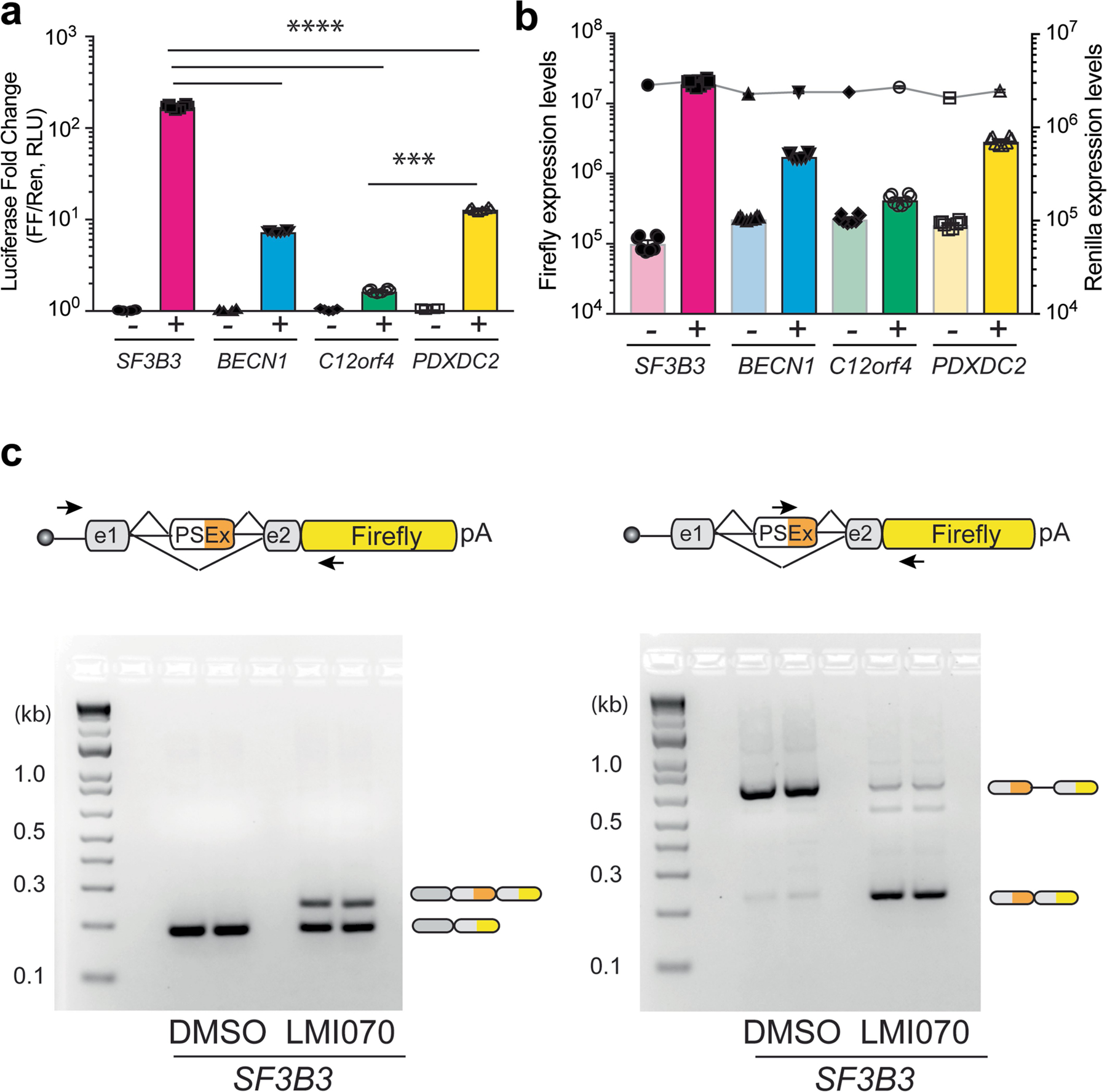Extended Data Fig. 3 |. Candidate minigene cassette responsiveness to LMI070 and splicing response to LMI070 of the SF3B3-Xon cassette.

a, Luciferase induction of the minigene cassettes for SF3B3, BECN1, C12ORF4 and PDXDC2. The fold-change luciferase activity in LMI070-treated samples (depicted as +) is relative to DMSO-treated (depicted as −) cells, with data normalized to Renilla luciferase expression. Data are the mean ± s.e.m. of 8 biological replicates. ****P < 0.0001 for SF3B3 versus other candidate exons, ***P < 0.001 C12orf4 versus PDXDC2, one-way ANOVA with Bonferroni’s post hoc test. b, Luciferase activity of the minigene cassettes for SF3B3, BECN1, C12ORF4 and PDXDC2. Data show expression of firefly luciferase from the minigenes in response to DMSO (−) or LMI070 (+) treatment relative to Renilla luciferase activity. Data are mean ± s.e.m. of 8 biological replicates. c, Splicing analysis of the SF3B3-Xon cassette. Representative RT–PCR splicing assay (6 biological replicates) showing inclusion of the LMI070-induced SF3B3 exon in response to DMSO or LMI070 treatment. Inclusion of the LMI070 spliced-in exon was detected using primers binding the exons flanking the LMI070-induced exon (left), or using primers binding within the novel exon sequence (right).
